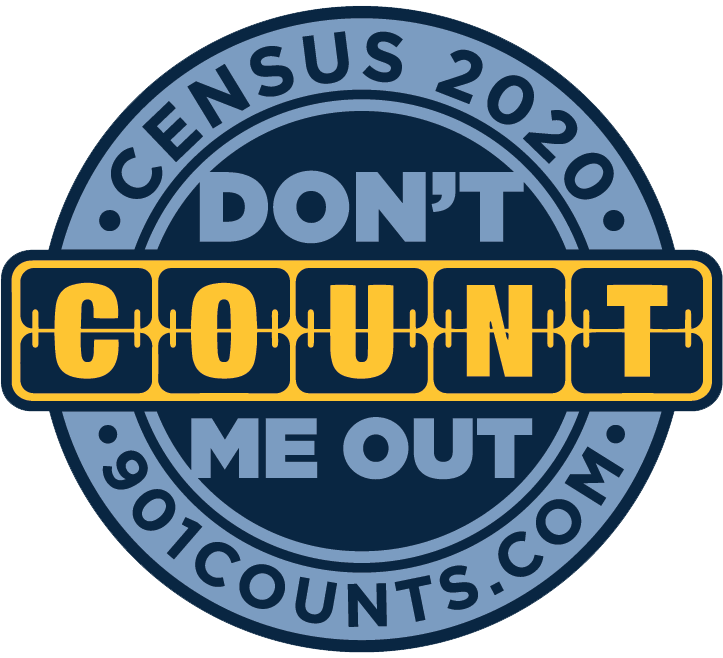Main Content
Impact
Census data is used in distributing billions of dollars in nutrition programs for women, infants and children—and billions more for Head Start, school lunches, temporary assistance for needy families, maternal and child health services block grants, and more.
If your community is not fully counted in the census, women, children and families will miss out on resources they need to be safe, healthy and successful.
Public spending on transportation infrastructure hit nearly $300 billion in 2017. Billions of dollars in federal transportation spending is distributed using census data, including capital investment grants for public transit and money for highway planning and construction.
State and community leaders use census data to help determine when bus routes need to be changed or added to match up with where people live and work.
If your community is not fully counted in the census, it could miss out on transportation options people need to get to work and school.
State and federal decision makers rely on census data to figure out where new schools are needed and where hundreds of billions of dollars in federal and state spending will go to help pay for teachers, textbooks, and other educational expenses.
Census data influences the distribution of billions of dollars—almost $16 billion for Title I grants that help local educational agencies serve more than 24 million students in low-income families and communities, more than $12 billion for special education grants to states, along with funds for the national school lunch program, Head Start, and grants for improving teacher quality.
If your community is not fully counted in the 2020 Census, your children could miss out on the educational resources they need and deserve.
The census is required by the U.S. Constitution once every ten years to make sure that political power is fairly allocated among the states- and within states at the local level.
Some communities have historically been classified as harder to count fully- including people with lower incomes and people of color -and the Census Counts campaign mobilizes community leaders to do everything they can to prevent people from being missed by the census.
If your community is not fully counted in the 2020 Census, your children could miss out on the educational resources they need and deserve.
Company executives use census data to identify communities where they might build a factory or office building, or open new stores. Census numbers also guide the distribution of billions of dollars in community development block grants.
If your community is not fully counted in the 2020 Census, it will miss out on investments that bring jobs to neighborhoods that need and deserve them.
Private developers as well as public officials rely on census data to identify places where the population is growing and new investments in housing are needed.
Census numbers are used to distribute billions of dollars every year related to housing, including Section 8 Housing Choice Vouchers and other housing assistance programs.
If your community is not fully counted in the 2020 Census, more people will miss out on affordable places to live.
What is the Census?
The U.S. Census is mandated by the Constitution and takes place every 10 years. Each year, the federal government distributes hundreds of billions of dollars to states and communities based on U.S. Census Bureau data.
The data collected by Census determines:
- How to plan for a variety of resident needs including new roads, schools and emergency services
- Population tabulations necessary for legislative redistricting.
- The number of seats each state has in the U.S. House of Representatives.
How is the Census Conducted?
Census 2020 is expected to count around 330 million people.
Although Census Day is officially observed on April 1, 2020, the Census Bureau has developed an internet self-response survey, which will be available on March 23, 2020.

